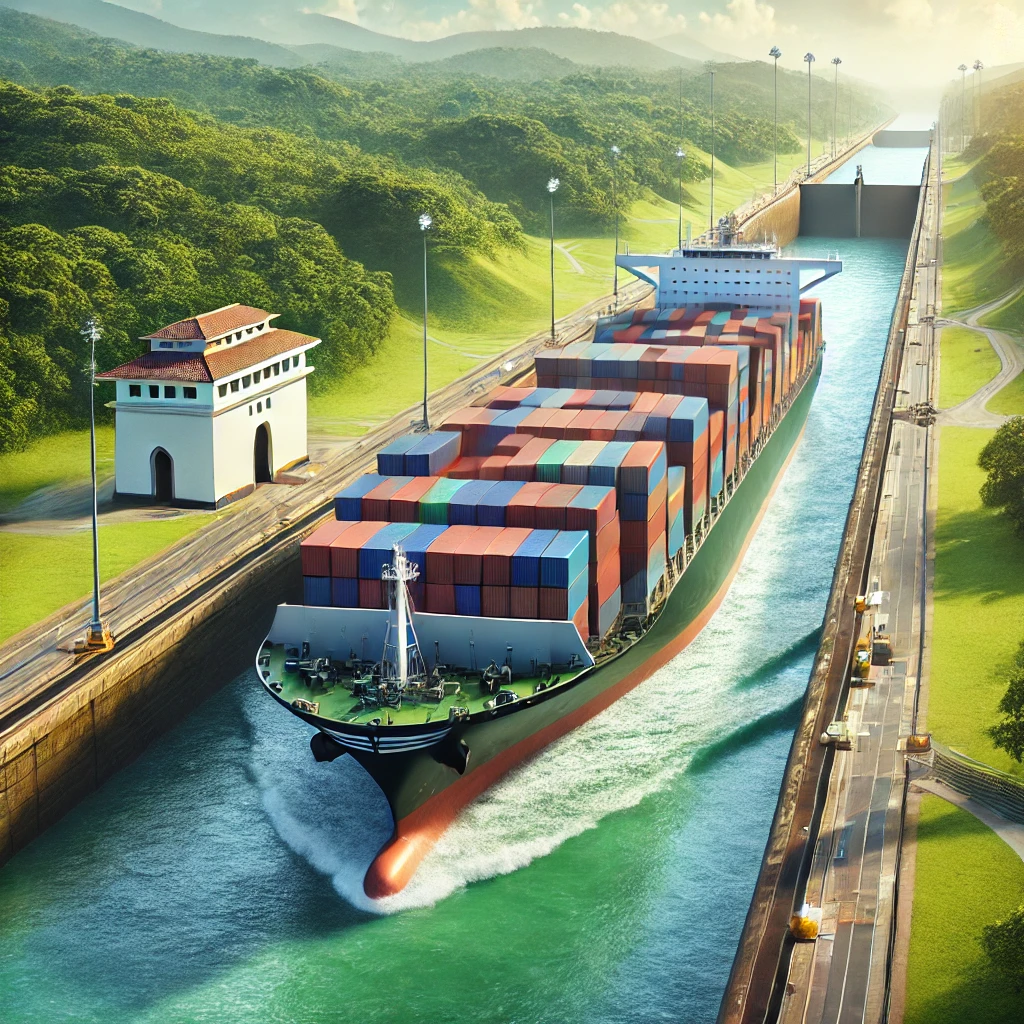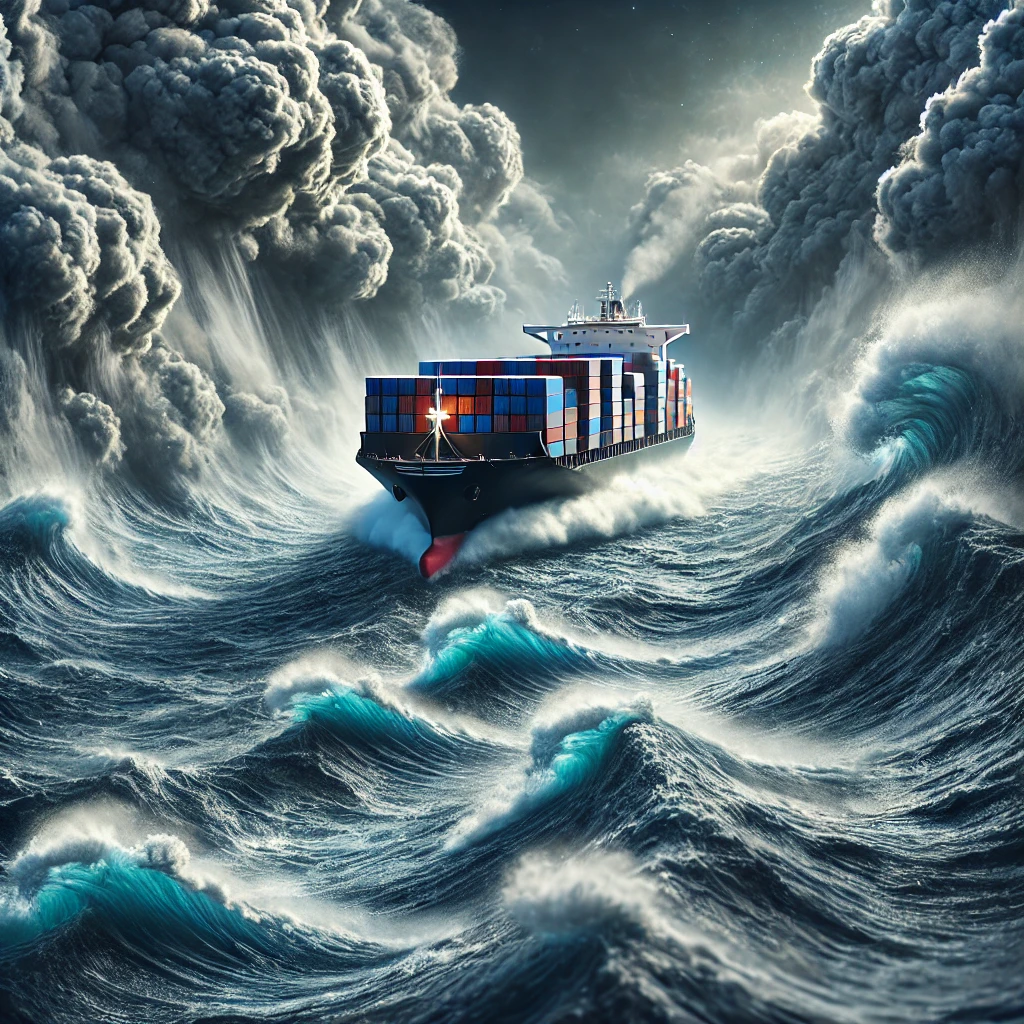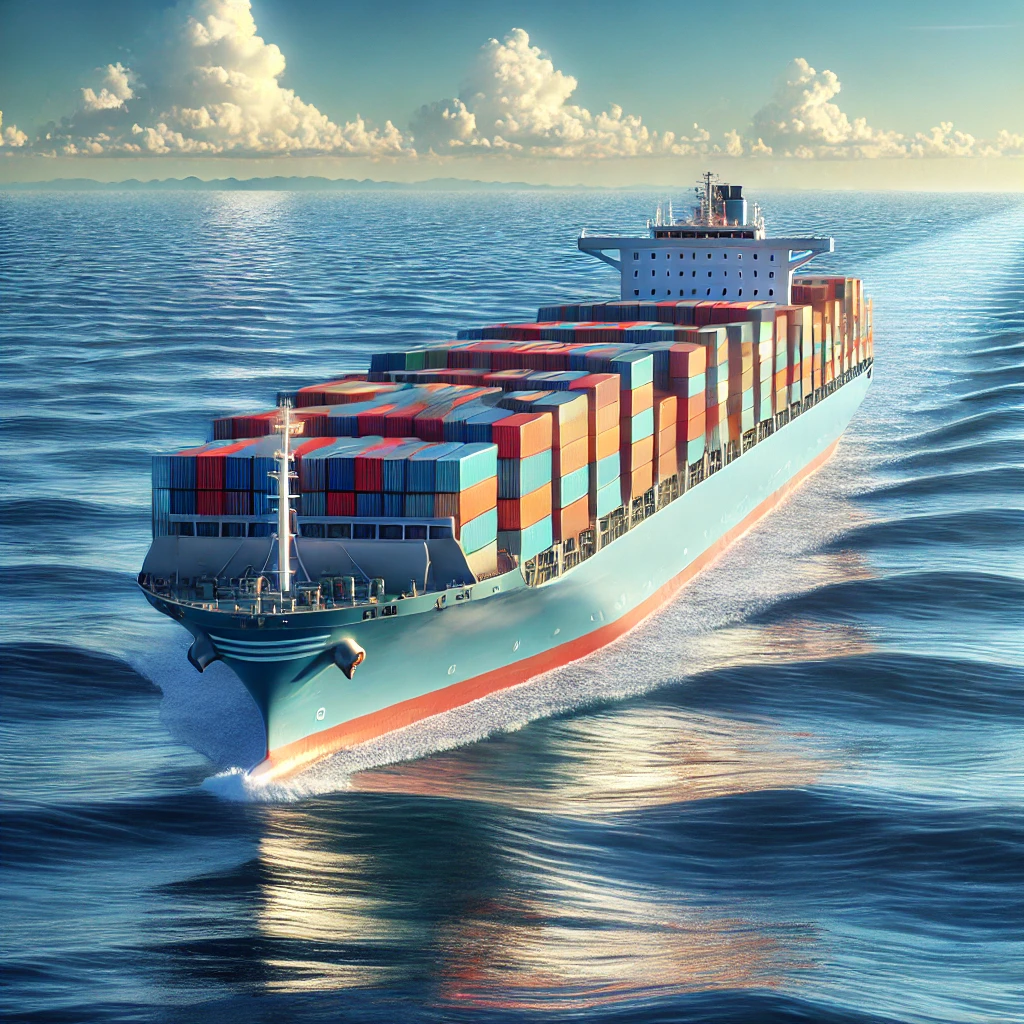Ocean Freight Transit Times: Understanding the Average Time for a Freighter to Cross the Pacific Ocean

Average Time for a Freighter to Cross the Pacific Ocean
The average time a freighter can go across the Pacific Ocean varies depending on several factors, but typically ranges from 15 to 30 days. Here’s a breakdown of common routes:
- East Asia to West Coast of North America:
- Average transit time: 15-20 days
- Example: Shanghai to Los Angeles
- West Coast of North America to East Asia:
- Average transit time: 18-22 days
- Example: Los Angeles to Tokyo
- East Asia to East Coast of North America (via Panama Canal):
- Average transit time: 25-30 days
- Example: Hong Kong to New York
- Oceania to West Coast of North America:
- Average transit time: 20-25 days
- Example: Sydney to Seattle
It’s important to note that these are average times for direct routes. Transit times can be longer if the ship makes multiple stops or encounters delays.
Factors Affecting Ocean Freight Transit Times
Several factors can influence the average time a freighter takes to cross the Pacific Ocean:
- Route: Direct routes are faster than those with multiple port calls.
- Vessel Speed: Most container ships operate at 20-25 knots, but some may slow steam to conserve fuel.
- Weather Conditions: Storms, high waves, or strong currents can slow ships down.
- Port Congestion: Delays at origin or destination ports can extend overall transit times.
- Canal Transit: For routes using the Panama Canal, transit times depend on canal traffic and scheduling.
- Type of Vessel: Larger vessels may have longer transit times due to fewer port options.
- Time of Year: Seasonal weather patterns and peak shipping seasons can affect transit times.
- Customs and Documentation: Delays in paperwork processing can extend overall shipping times.
Understanding Ocean Freight Transit Time
Ocean freight transit time refers to the duration it takes for cargo to be transported from one port to another by sea. This includes:
- Port-to-Port Time: The actual time the vessel spends at sea.
- Port Handling Time: Time for loading and unloading at origin and destination ports.
- Customs Clearance: Time required for customs procedures at both ends.
It’s crucial to distinguish between transit time and total shipping time, which may include inland transportation and additional handling.

Calculating Ocean Freight Transit Times
To estimate the average time a freighter can go across the Pacific Ocean for your specific shipment, you can use various methods:
- Shipping Line Schedules: Most major shipping lines provide estimated transit times on their websites.
- Online Transit Time Calculators: Many freight forwarders and logistics companies offer free online tools to calculate transit times.
- Historical Data: Analyzing past shipments can give you a good idea of realistic transit times for your routes.
- Port-to-Port Distance: You can estimate transit time by dividing the distance between ports by the average vessel speed (20-25 knots).
Remember that these calculations provide estimates, and actual transit times may vary.
Ocean Freight vs. Other Shipping Methods
When considering the average time a freighter takes to cross the Pacific Ocean, it’s helpful to compare ocean freight with other shipping methods:
- Air Freight:
- Pros: Much faster (1-3 days for Pacific crossings)
- Cons: Significantly more expensive, limited cargo size
- Rail Freight (for land portions):
- Pros: Faster than ocean for some routes, environmentally friendly
- Cons: Limited to land connections, multiple handoffs
- Road Freight (for land portions):
- Pros: Flexible, door-to-door service
- Cons: Limited to land connections, affected by traffic and road conditions
While ocean freight may have longer transit times, it remains the most cost-effective option for large shipments over long distances.
Optimizing Ocean Freight Transit Times
To minimize the average time a freighter takes to cross the Pacific Ocean and optimize your overall shipping process:
- Choose Direct Routes: Opt for services with fewer port calls when possible.
- Plan for Peak Seasons: Book shipments early during busy periods to avoid delays.
- Use Reliable Carriers: Partner with reputable shipping lines known for on-time performance.
- Consider Premium Services: Some carriers offer faster transit times for a premium.
- Optimize Documentation: Ensure all paperwork is accurate and submitted promptly to avoid customs delays.
- Use Technology: Implement tracking systems to monitor your shipments in real-time.
- Diversify Ports: Consider alternative ports to avoid congestion at major hubs.
- Consolidate Shipments: Combining smaller shipments can lead to more efficient routing.
The Future of Ocean Freight Transit Times
As technology and shipping practices evolve, we can expect changes in the average time a freighter can go across the Pacific Ocean:
- Larger Vessels: Mega-ships may lead to longer but less frequent voyages.
- Alternative Fuels: New propulsion technologies could affect vessel speeds and routes.
- Autonomous Ships: Self-navigating vessels might optimize routes for faster transit times.
- AI and Big Data: Advanced analytics could improve route planning and reduce delays.
- Climate Change: Shifting weather patterns may impact traditional shipping routes.
- New Trade Routes: The opening of Arctic passages could shorten some Pacific crossings.

Environmental Considerations in Ocean Freight
When discussing the average time a freighter can go across the Pacific Ocean, it’s important to consider the environmental impact:
- Slow Steaming: Reducing vessel speed can significantly lower fuel consumption and emissions.
- Alternative Fuels: LNG and biofuels are being explored to reduce the carbon footprint of shipping.
- Route Optimization: More efficient routes can reduce both transit times and environmental impact.
- Port Electrification: Using shore power can reduce emissions during port calls.
- Vessel Design: New hull designs and propulsion systems can improve fuel efficiency.
Balancing transit times with environmental concerns will be a key challenge for the shipping industry in the coming years.

Conclusion: Navigating Pacific Ocean Freight Transit Times
Understanding the average time a freighter can go across the Pacific Ocean is crucial for effective supply chain management in global trade. While typical transit times range from 15 to 30 days, various factors can influence the actual duration of your shipment.
By considering the factors that affect transit times, utilizing calculation tools, and implementing optimization strategies, shippers can better plan their ocean freight shipments across the Pacific. Remember that while ocean freight may have longer transit times compared to air freight, it remains the most cost-effective and environmentally friendly option for large shipments over long distances.
As technology advances and the shipping industry evolves, we can expect to see changes in how goods are transported across the Pacific. Staying informed about these developments and working closely with reliable shipping partners will be key to navigating the complexities of ocean freight in the years to come.
Whether you’re a seasoned logistics professional or new to international shipping, understanding ocean freight transit times across the Pacific is an essential skill. By mastering this knowledge, you’ll be better equipped to make informed decisions, optimize your supply chain, and succeed in the dynamic world of global trade.
